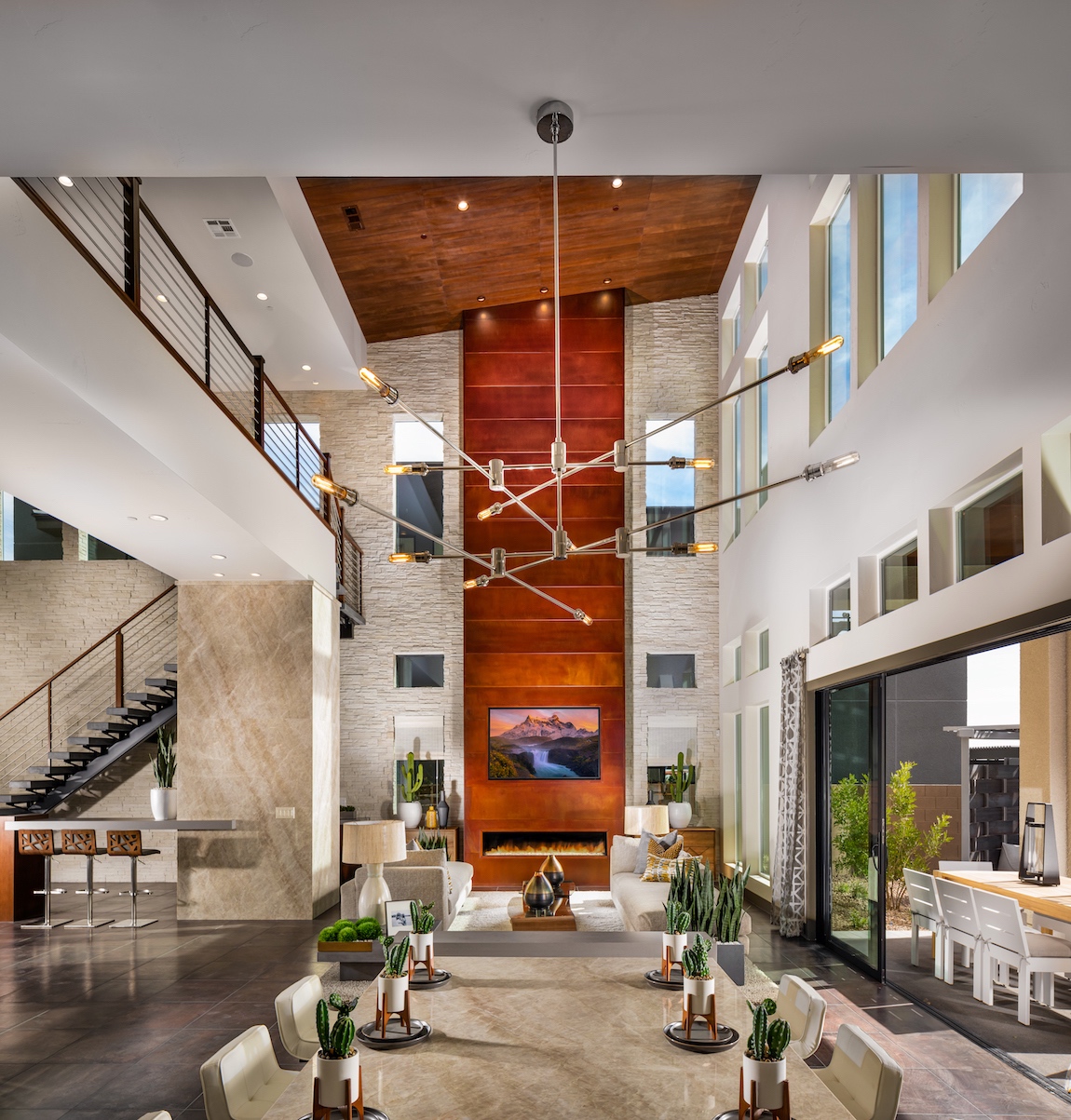
Subheading: The Allure of Mid-Century Home Design
Mid-Century home design encapsulates an era of innovation, embracing sleek lines, organic shapes, and a fusion of functionality and aesthetics. This design movement, originating in the mid-20th century, continues to captivate homeowners with its timeless elegance and modernist influences, seamlessly blending nostalgia with contemporary living.
Subheading: Key Elements of Mid-Century Home Design
At the core of Mid-Century design are clean lines, simplicity, and functionality. Embrace minimalist yet functional furniture, geometric shapes, and natural materials like wood and stone. Incorporating elements like exposed beams, large windows, and open floor plans accentuates the architectural elegance of this style.
Subheading: Embracing Iconic Mid-Century Furniture
Mid-Century furniture pieces stand as icons of this design movement. Designs by luminaries like Eames, Saarinen, and Jacobsen showcase the era’s emphasis on form meeting function. Think lounge chairs with sleek wooden frames, egg-shaped chairs, and minimalist tables that define sophistication and comfort.
Subheading: Playing with Colors and Textures
Mid-Century design boasts a distinct color palette. Vibrant hues like mustard yellow, avocado green, and burnt orange often complement neutral backgrounds. Pair these with textured fabrics like tweed or leather to add depth and visual interest to spaces, creating a dynamic yet cohesive atmosphere.
Subheading: Architectural Elements in Mid-Century Homes
Architectural features play a pivotal role in Mid-Century homes. A-frame roofs, expansive windows, and asymmetrical facades merge indoor and outdoor spaces while allowing ample natural light to flood interiors. These elements establish a connection with nature, enhancing the overall living experience.
Subheading: Timeless Mid-Century Lighting Fixtures
Lighting is integral in Mid-Century design, often featuring statement fixtures. Sputnik chandeliers, globe pendant lights, and sculptural floor lamps are iconic choices that not only illuminate spaces but also serve as art pieces, contributing to the era’s futuristic yet elegant ambiance.
Subheading: Mid-Century Design’s Influence on Modern Interiors
The influence of Mid-Century design transcends time, influencing modern interiors. Its clean lines and functional yet stylish approach resonate with contemporary tastes. Many designers and homeowners today embrace Mid-Century elements, blending them seamlessly with current trends for a timeless look.
Subheading: Creating Authentic Mid-Century Spaces
To achieve an authentic Mid-Century look, focus on authenticity rather than replication. Incorporate original or quality reproductions of Mid-Century furniture and pay attention to architectural details. Blend vintage finds with modern elements to curate a space that pays homage to the era’s sophistication.
Subheading: Sustainability in Mid-Century Design
Mid-Century design aligns with sustainability through its emphasis on quality craftsmanship and timeless appeal. Investing in well-crafted, enduring pieces reduces the need for frequent replacements, contributing to sustainable living and a reduced environmental footprint.
Subheading: Conclusion: Preserving Timeless Elegance with Mid-Century Home Design
Mid-Century design continues to stand the test of time, celebrated for its fusion of form and function. By embracing its minimalist yet sophisticated aesthetic, homeowners can create spaces that exude timeless elegance while embracing the spirit of modern living.
(For further insights into Mid-Century Home Design, visit Classic Cinema Images for additional inspiration and resources.)








